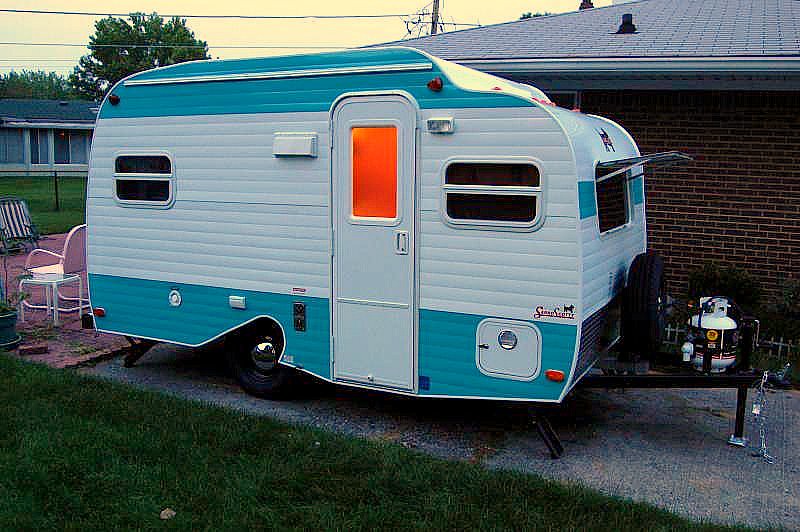Hi, this is celadon's husband. She saw this topic and asked if I had any feedback - I've got a resin printer and an FDM (hot melty plastic) printer and would be happy to give some input on the Anycubic you're asking about.
Anycubic's a good brand. Anycubic, Phrozen, and Elegoo are the "big three" in hobbyist resin printing but realistically any resin printer is going to be similar. They're mechanically dead simple compared to other types of 3D printers. The difference is in the LCD and there are three factors to consider:
- Size: consider what you're interested in making, then determine whether it'll fit on the build plate. Dollhouse furniture, miniatures for gaming, and things like that would work on just about any resin printer on the market. If you're into cosplay and printing entire human-scale superhero masks in one shot there are printers that'll do it but they're very expensive compared to something like the Anycubics.
- Mono vs non-mono: Mono LCDs emit a smaller spectrum of light around the UV wavelength than non-mono LCDs and so can produce more UV per milliwatt, which means shorter exposure times per print layer. Translation: they're faster.
- 2K vs 4K: 4K (high resolution) LCDs pack more smaller pixels per inch than their 2K (low resolution) counterparts, which means that they can light up smaller individual areas. The thing is, 2K resin printers are already so high resolution that this may not be actually visible to the naked eye.
RJ Howell wrote:Is the wash n cure machine required?
Not really but they're incredibly useful. Washing can be done in any container that is resistant to isopropyl alcohol (tupperware, pyrex, normal glass) and is big enough to fit the model and stir around. Curing can be done with any source of UV light, including Mr. Golden Sun. The wash n cure machines are handy for two reasons: first, the washing is done in a magnetically stirred container so the agitation is going to be good every time, and second, the UV LEDs are specifically tuned for resin curing and so will cure faster, plus the machine will prevent stray UV from getting into your eyes which is really dangerous.
And on that topic, I tell this to anyone who asks me about resin printers and I cannot stress this enough:
RESIN IS A HAZARDOUS TOXIC MATERIALResin is an eye irritant and a skin irritant, and direct exposure to UV light will damage your eyes. Curing resin with UV light is exothermic - it heats up when it cures - which means you do not want resin to cure on your skin because it will burn you. Resin is a progressive toxin and repeated exposure to skin can make you develop severe allergic reactions to it. You
MUST wear
nitrile gloves - not latex, resin goes right through it - and safety glasses while handling liquid resin and unwashed and uncured prints. You
MUST NOT dispose of uncured resin in general waste disposal because it is hazardous material.
NEVER pour unused resin or used washing fluid down the drain. Dispose of used gloves, paper towels, uncured resin bits, and unused liquid resin as though you were disposing of lead acid batteries according to your municipality's regulations. The only safe resin to touch with bare skin or dispose of in the general waste stream is fully cured resin.
DO NOT ALLOW CHILDREN OR PETS NEAR A WORKING RESIN PRINTER.
I don't mean to scare anyone off but I take this very seriously

I love my resin printer and I use it on a regular basis. I'd get a larger one if I had the room for it in my workspace. If you're conscious of the risks and are willing to put in the work to make the process safe then it's a lot of fun and you can make some amazingly detailed and cool things. Have fun with it, and if you've got any further questions please ask!





 ) How bad are the fumes? We have several places we can use this, one is in the back room of our basement/garage, which has no windows and so poor ventilation (although we can fix that if necessary). Another possible location is in the front, where we do woodworking, and can open the garage doors and windows, but, of course, we have to deal with sawdust in that room.
) How bad are the fumes? We have several places we can use this, one is in the back room of our basement/garage, which has no windows and so poor ventilation (although we can fix that if necessary). Another possible location is in the front, where we do woodworking, and can open the garage doors and windows, but, of course, we have to deal with sawdust in that room.
